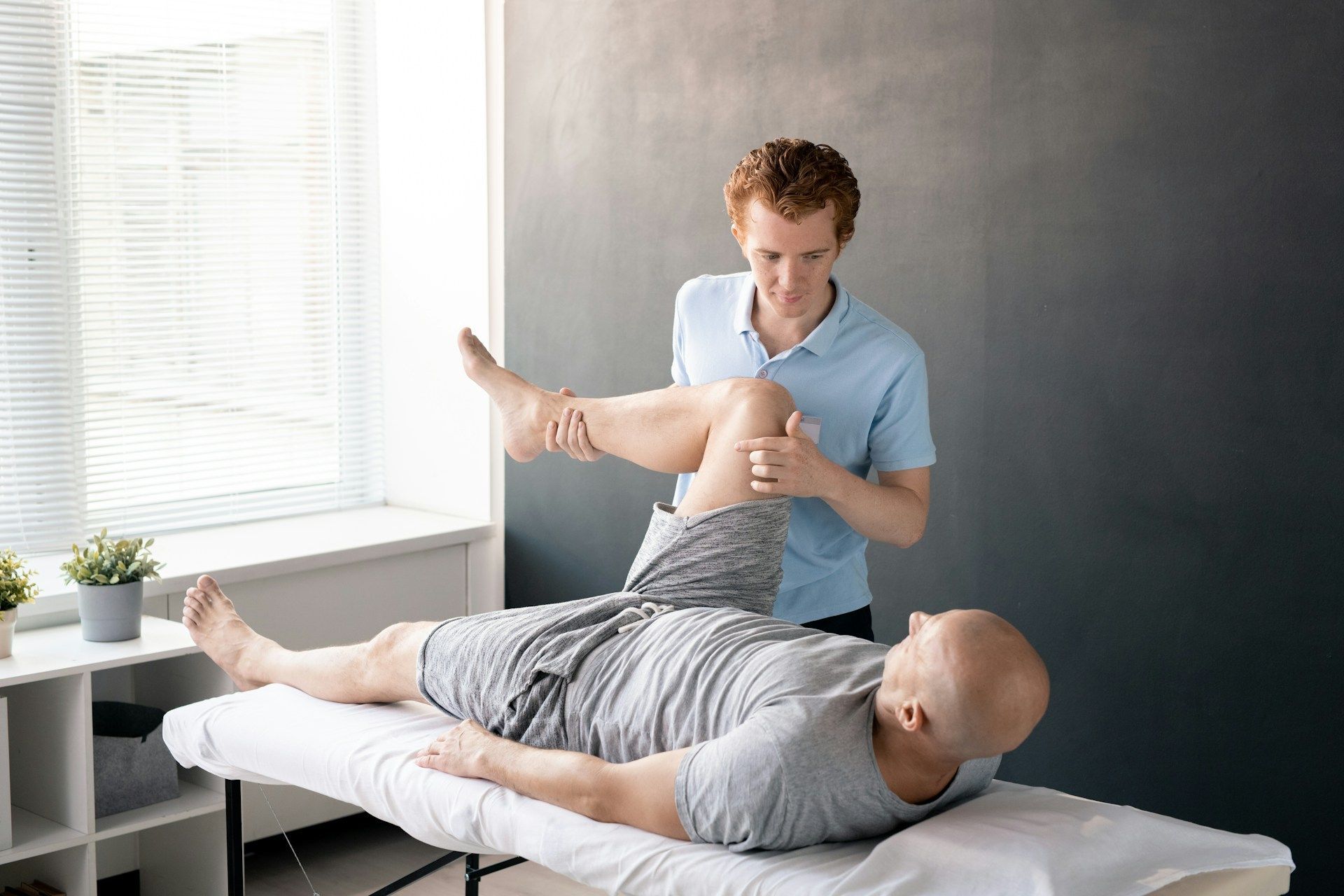Daily Activities That Make Frozen Shoulder Pain Worse
Frozen shoulder, also known as adhesive capsulitis, is a condition that causes stiffness, pain, and limited range of motion in the shoulder joint. It often develops gradually and can make daily activities incredibly challenging. Those who experience frozen shoulder understand how frustrating it can be to manage the pain while trying to go about their routine. Understanding what daily tasks might worsen this condition is crucial. This knowledge can help avoid unnecessary discomfort and improve overall quality of life.
When dealing with frozen shoulder, several everyday tasks can unintentionally add to the discomfort. Most people don’t realize how much their daily activities can affect their shoulder until they experience discomfort or pain. This article highlights some common activities that could exacerbate the symptoms of a frozen shoulder, allowing individuals to make small adjustments that lead to significant relief.
Reaching Overhead
One of the most common ways people strain their shoulders is by reaching for items on high shelves or in cupboards. This action, which seems simple and routine, requires the shoulder joint to extend beyond its comfortable range, particularly when a person is dealing with frozen shoulder. The repetitive motion of reaching and extending can lead to further stiffness and discomfort, making the condition feel worse over time.
To minimize strain, consider rearranging frequently used items to lower shelves or easy-to-reach locations. If you must access something high up, here are a few alternatives:
- Use a step stool: Elevating yourself can make reaching less strenuous for the shoulder. If this isn't an option, ask someone for help.
- Utilize a grabber tool: These tools extend your reach without requiring your shoulder to move too much.
- Plan ahead: Organize your kitchen or storage spaces so that essential items are always within arm's length.
These small changes can greatly reduce the strain on your shoulder and help manage pain as you go about your day.
Carrying Heavy Bags
Lugging around heavy bags is another activity that can significantly worsen a frozen shoulder. Whether it's groceries, backpacks, or shoulder bags, the weight pulls down on the shoulder, exacerbating the problem and potentially leading to further inflammation or discomfort.
Consider these strategies when carrying items:
- Distribute weight: Instead of using one shoulder, carry bags in both hands when possible to balance the load.
- Use a cart: Whenever suitable, transport heavier items in a cart or trolley.
- Lighten the load: Only carry essentials and leave the unnecessary items for another trip.
By spreading the weight more evenly and taking advantage of carts or similar aids, you can ease the stress on your shoulder and prevent additional discomfort. These strategies can make tasks like shopping or commuting more manageable, even with the restrictions of a frozen shoulder.
Sleeping Positions
How you position yourself while sleeping can play a big role when dealing with a frozen shoulder. Certain sleeping positions can put additional pressure on the shoulder, making the pain and stiffness worse. Many people find themselves falling into habits that might not be the best for shoulder health without realizing it.
One helpful approach is using supportive pillows. A pillow placed between your arms can help maintain a neutral shoulder position, reducing tension. Sleeping on your back is usually the best choice, as it distributes weight evenly and lessens strain on your shoulder joints. If you prefer sleeping on your side, it's advisable to avoid lying on the affected shoulder. Instead, try placing a soft pillow under the armpit to cushion the area and prevent additional strain.
By being mindful of your sleeping setup, it's possible to make nights more comfortable and improve how you feel during the day.
Driving
Long hours behind the wheel can also intensify issues related to frozen shoulder. Holding the steering wheel for extended periods tends to cause the shoulder joint to stiffen and become more painful.
To combat this, think about adjusting your seat to a comfortable position where your back is well-supported, and your arms are slightly bent. Try taking regular breaks if embarking on a long drive. This can include brief stretching sessions or simply letting your arms rest for a moment. When stretching, gently move your shoulders in a circular motion to keep the joints flexible. Both of these practices can help manage frozen shoulder pain better over time and make driving a little less taxing.
Managing Frozen Shoulder for Enhanced Daily Comfort
Nurturing a frozen shoulder requires patience and small but meaningful changes to daily habits. By making a few adjustments to how you reach for things, carry items, sleep, and drive, it's possible to alleviate some of the discomfort associated with the condition. These adaptations don't always demand extra resources, just a bit of creativity and planning.
Continued awareness and proactive management of these activities may ease the frustrations that come with frozen shoulder. It's important to pay attention to your body's signals and address them with thoughtful actions. By doing so, you allow yourself to move more freely and comfortably, making each day a little bit better.
Experiencing discomfort with daily tasks due to shoulder pain shouldn't be a constant struggle. For those seeking effective relief, the specialists at Apollo Spine and Pain Center in Cumming, GA are here to help. Learn more about personalized care options by exploring our comprehensive approach to
frozen shoulder pain management.












